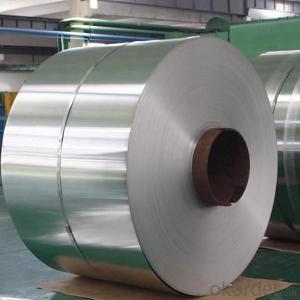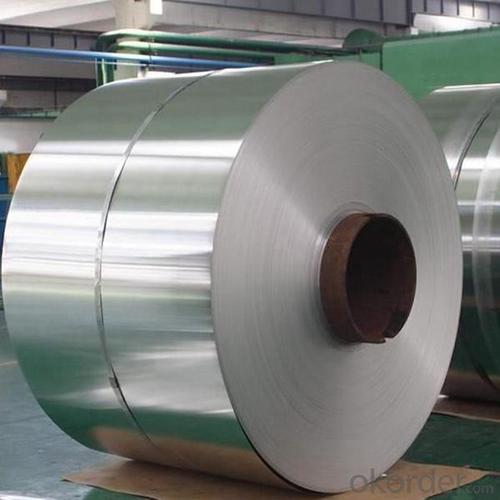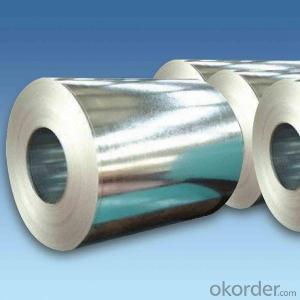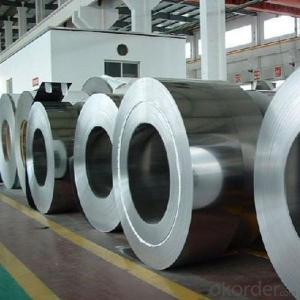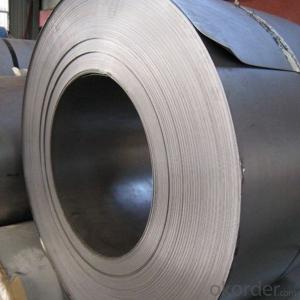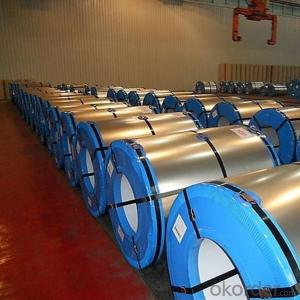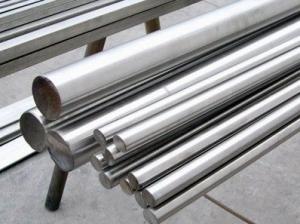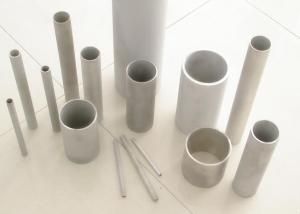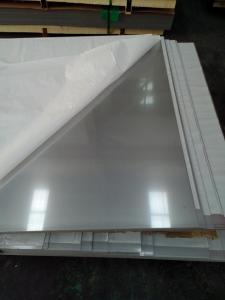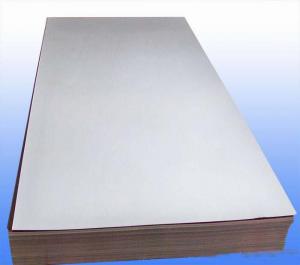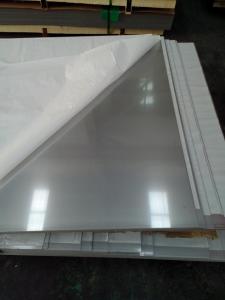Stainless Steel Coils Strips Hot Cold Rolled Steel 316 Made in China
- Loading Port:
- Tianjin
- Payment Terms:
- TT or LC
- Min Order Qty:
- 20 m.t.
- Supply Capability:
- 20000 m.t./month
OKorder Service Pledge
OKorder Financial Service
You Might Also Like
Specification
Description for Stainless Steel Coils/Sheets:
Commodity | Stainless Steel Coil |
Material | 201, 202, 301, 321, 304, 304L, 316, 316L, 309S, 310S, 410, 430, etc. |
Surface | 2B, BA, 8K, No. 4 No.1 |
Standard | AISI, ASTM, DIN, EN, GB, JIS, etc. |
Specification | 1. Thickness : 0.3mm -120mm |
Application | 1. Automotive: Automotive trim and molding/Difficult-to-form exhaust-system components, tubular manifolds, mufflers/Exhaust manifold and other exhaust-system components, catalytic converter shells, clamps ; |
Process | Hot rolled / cold rolled |
Productivity | 700 tons per month. |
Package | Standard seaworthy export packing or according to the customers' request. |
Delivery Time | It is based on the order, normally within 30 days after receiving your advance payment. |
Note | We can produce other standard as the customers' requirement. |
Detail picture for Stainless Steel Coils

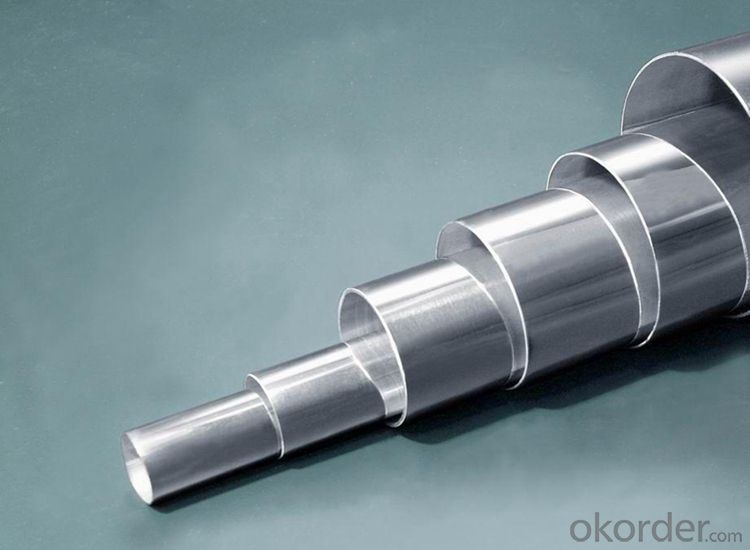

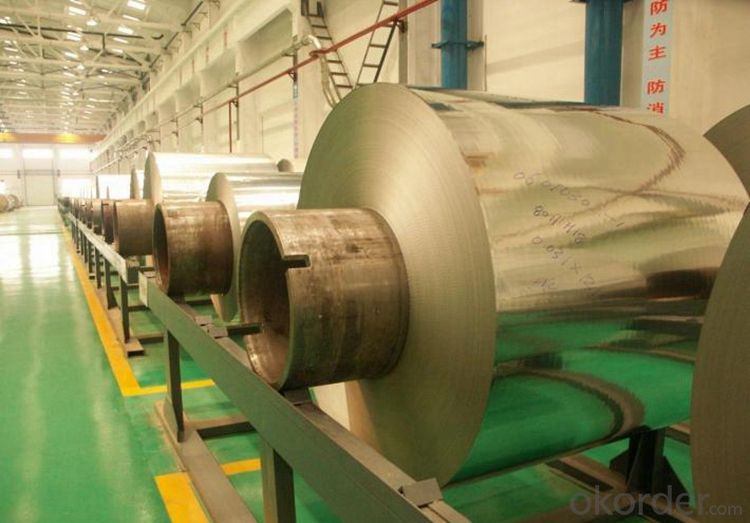
Packaging & Delivery for Stainless Steel Coils:
Packaging Detail: Standard export packing or following customer's demand
Delivery Time: Within 30-40 days after deposit or according to the order quantity
Our Service
1.High quanlity and reasonable price.
2.Customized on-demand.
3.Reasonable shipping and fast delivery.
4.Free sample.
- Q: Are stainless steel sheets suitable for architectural applications?
- Yes, stainless steel sheets are highly suitable for architectural applications. They possess a sleek and modern appearance, excellent corrosion resistance, durability, and can withstand various environmental conditions. Additionally, stainless steel sheets offer versatility in terms of design possibilities and can be easily fabricated and installed, making them a popular choice in architectural projects.
- Q: Can stainless steel sheets be used for outdoor furniture or fixtures?
- Outdoor furniture or fixtures can indeed utilize stainless steel sheets. Stainless steel, being a material highly resistant to corrosion and exceptionally durable, makes it perfect for outdoor applications. Its resistance to rust enables it to endure different weather conditions, such as rain, snow, and high humidity. Furthermore, stainless steel possesses a sleek and contemporary look, which contributes to its popularity as a preferred option for outdoor furniture and fixtures. Its strength, longevity, and ability to withstand environmental factors explain why it is frequently employed in constructing outdoor tables, chairs, benches, grills, and other fixtures.
- Q: What is the corrosion resistance of stainless steel sheets?
- Stainless steel sheets possess excellent corrosion resistance due to the presence of chromium, which forms a protective oxide layer on the surface, preventing the metal from rusting or corroding in various environments.
- Q: Can stainless steel sheets be used for chemical storage tanks?
- Chemical storage tanks can indeed utilize stainless steel sheets. With its exceptional resistance to corrosion and rust, stainless steel proves to be an ideal material for safely harboring chemicals, including acids, alkalis, and other corrosive substances. The robustness and endurance of stainless steel guarantee that the tanks can withstand both the pressure and weight exerted by the stored chemicals. Moreover, stainless steel remains non-reactive, preventing any chemical interactions and ensuring the purity and integrity of the stored substances. The smooth surface of stainless steel further facilitates effortless cleaning and maintenance, minimizing the risk of contamination. In summary, stainless steel sheets offer a dependable and fitting choice for chemical storage tanks.
- Q: What is the difference between hot rolled and cold rolled stainless steel sheets?
- The main difference between hot rolled and cold rolled stainless steel sheets lies in the manufacturing process. Hot rolled stainless steel sheets are produced by heating a stainless steel slab above its recrystallization temperature and then rolling it through a series of rollers to achieve the desired thickness. This process results in a rougher surface finish and can sometimes lead to a slight curvature in the sheets. On the other hand, cold rolled stainless steel sheets are manufactured by cooling the hot rolled sheets and then passing them through a set of rollers at room temperature. This process creates sheets with a smoother surface finish and precise dimensions. Cold rolling also increases the strength and hardness of the stainless steel. In summary, hot rolled stainless steel sheets have a rougher surface finish and may exhibit slight curvatures, while cold rolled stainless steel sheets have a smoother surface finish and are more precise in their dimensions.
- Q: Can stainless steel sheets be used for bridge construction?
- Certainly, bridge construction can make use of stainless steel sheets. Given its exceptional durability and resistance to corrosion, stainless steel emerges as an ideal option when confronted with harsh environmental conditions. The structural strength, stability, and long-term dependability offered by stainless steel sheets render them suitable for a myriad of bridge components, including beams, girders, and decking. Moreover, stainless steel's aesthetic charm and minimal maintenance demands further enhance its appropriateness for bridge construction endeavors.
- Q: Can stainless steel plate spray paint?
- Spray (brush) primer, the role of primer, first, to prevent the oxidation of metal surface, and two is the top coat and metal firmly linked together. There are several kinds of primer. In the local paint shop a dozen could get answers.
- Q: How do stainless steel sheets compare to other materials?
- Various industries favor stainless steel sheets due to their numerous advantages over other materials. The exceptional durability and strength of stainless steel are well-known. It can endure high temperatures, pressure, and corrosion, making it suitable for a wide range of applications. Moreover, this durability ensures a longer lifespan and reduces the need for frequent replacements, ultimately saving time and money. Stainless steel sheets also possess excellent resistance to corrosion and rust. This property is particularly crucial in environments with high humidity or exposure to chemicals, as it prevents degradation and maintains the material's integrity. Unlike aluminum or carbon steel, which may require protective coatings or regular maintenance to achieve similar levels of corrosion resistance, stainless steel sheets naturally possess this quality. Furthermore, stainless steel sheets boast a clean and smooth surface finish, making them visually pleasing and easy to clean. This attribute is of utmost importance in industries such as food processing, pharmaceuticals, and healthcare, where hygiene and cleanliness are paramount. Stainless steel sheets also offer versatility in terms of fabrication and customization. They can be easily formed, welded, and shaped into different sizes and configurations, allowing for a wide range of applications. This versatility makes stainless steel sheets suitable for architectural, automotive, and industrial uses. Lastly, stainless steel is environmentally friendly. It is 100% recyclable, meaning it can be melted down and reused without any loss in quality or performance. This recyclability reduces the demand for new materials and minimizes the environmental impact associated with manufacturing processes. In summary, stainless steel sheets surpass other materials in terms of durability, corrosion resistance, cleanliness, versatility, and environmental sustainability. These qualities establish stainless steel sheets as the superior choice for various industries and applications.
- Q: What are the different types of stainless steel sheet surface textures available?
- Stainless steel sheets come in a variety of surface textures, each with its own unique visual and functional properties. Here are some of the most commonly used surface finishes: 1. No.1 Finish: This is the most widely used surface finish for stainless steel sheets. It is achieved by hot rolling the steel and then annealing it, resulting in a smooth and reflective surface. 2. No.2B Finish: Compared to No.1 finish, this finish has a slightly rougher texture. It is achieved by cold rolling the steel and then annealing it, giving it a dull and matte appearance. 3. No.4 Finish: Also known as satin or brushed finish, this surface texture has a fine grain appearance with short, parallel lines. It is achieved by polishing the surface with abrasive belts or brushes. 4. Hairline Finish: Similar to No.4 finish, this surface texture has a finer grain appearance. It is achieved by polishing the surface with abrasive belts or brushes in a unidirectional pattern. 5. No.8 Mirror Finish: This is the most reflective surface texture available for stainless steel sheets. It has a highly polished and mirror-like appearance, achieved by further polishing the surface after No.4 finish. 6. Bead Blasted Finish: This surface texture is achieved by blasting the stainless steel sheet with fine glass beads or ceramic particles. It results in a textured, non-reflective surface with a uniform matte appearance. 7. Embossed Finish: This surface texture involves imprinting a pattern or design onto the stainless steel sheet. It can be achieved through mechanical embossing or by using a special roller during the manufacturing process. 8. Colored Finishes: In addition to the above surface textures, stainless steel sheets can also be coated with various colors to enhance their visual appeal. These colored finishes are achieved through processes like PVD (Physical Vapor Deposition) or powder coating, resulting in a durable and vibrant surface. These are just a few examples of the many surface textures available for stainless steel sheets. The choice of surface texture depends on the desired aesthetic, functional requirements, and specific application of the stainless steel sheet.
- Q: How do you determine the best thickness of stainless steel sheet for a specific application?
- To determine the best thickness of stainless steel sheet for a specific application, several factors need to be considered. Firstly, the intended use of the stainless steel sheet is crucial. Different applications require different levels of strength, durability, and resistance to corrosion. For example, if the sheet will be used in a high-stress environment or exposed to harsh chemicals, a thicker gauge stainless steel sheet would be suitable to ensure sufficient strength and corrosion resistance. Secondly, the size and dimensions of the application should be taken into account. Larger structures or components may require thicker stainless steel sheets to maintain structural integrity and prevent deformation under load. Conversely, smaller or more delicate applications may benefit from thinner sheets to reduce weight and improve flexibility. Moreover, considering the expected lifespan and maintenance requirements is essential. Thicker stainless steel sheets generally offer greater longevity and can withstand more wear and tear. However, if the application requires frequent cleaning or maintenance, a thinner sheet may be more practical. Additionally, budgetary constraints should be taken into consideration. Thicker stainless steel sheets tend to be more expensive due to the increased material cost and manufacturing complexity. Balancing the desired performance with available resources is crucial to determine the most cost-effective thickness. Lastly, consulting industry standards, guidelines, and experts can provide valuable insights. Various industries have specific requirements for stainless steel sheet thickness based on their experiences and safety standards. Engaging with professionals can help to ensure the chosen thickness meets the necessary specifications and regulations. In summary, determining the best thickness of stainless steel sheet for a specific application involves considering the intended use, size, expected lifespan, maintenance requirements, budget, and seeking guidance from industry experts. By carefully evaluating these factors, one can make an informed decision to select the most suitable thickness for their particular needs.
Send your message to us
Stainless Steel Coils Strips Hot Cold Rolled Steel 316 Made in China
- Loading Port:
- Tianjin
- Payment Terms:
- TT or LC
- Min Order Qty:
- 20 m.t.
- Supply Capability:
- 20000 m.t./month
OKorder Service Pledge
OKorder Financial Service
Similar products
Hot products
Hot Searches
Related keywords
